
Reading Time: 7 minutes
It’s a new day and you’re full of anticipation. You’ve entrusted the services of auto transport to safely deliver your beloved car to your new doorstep. However, even the smoothest roads can have bumps. As you collect your car, you notice a scratch that wasn’t there before – a nightmare for any car owner. The likely cause? Car damage after shipment.
But don’t let panic set in! In the adventurous world of car shipping, mishaps can happen. At this time, let’s gear up and navigate this journey together.
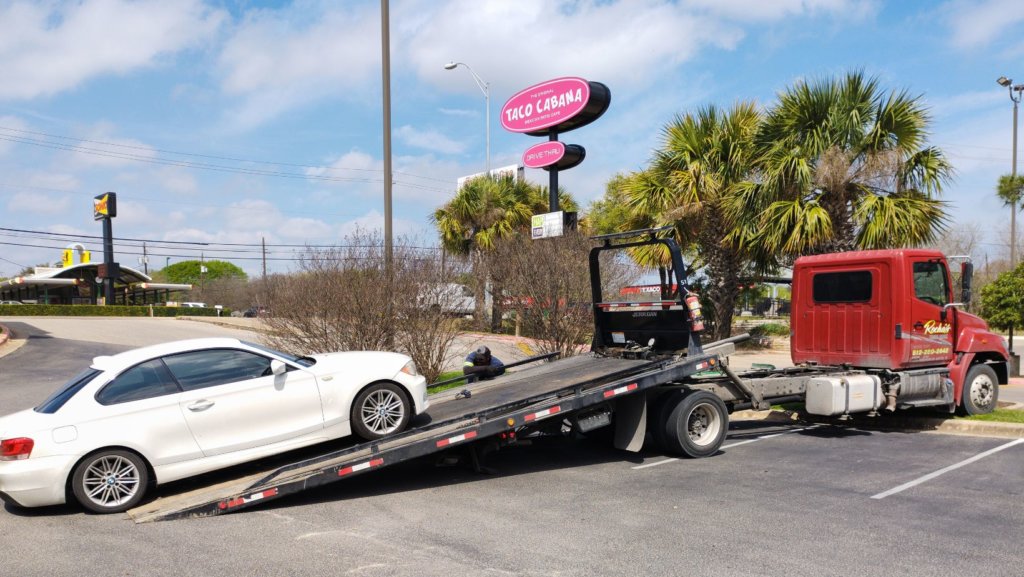
Before reading on, learn more about the Environmental Impact of Auto Shipping | a Greener Future !
Becoming a Detective 🕵️♀️ | Documenting Car Damage after Shipment
Now that we’ve established the potential for mishaps during car shipping, it’s time to bring out your inner Sherlock Holmes. Clearly, inspecting your vehicle upon delivery is not just crucial, it’s non-negotiable. Look out for scratches, dents, or any signs of damage that have gatecrashed your car’s pristine condition during its journey.
Generally speaking, documenting the damage isn’t just about giving your car a once-over. It’s about being meticulous, from taking high-resolution photos to crafting detailed descriptions. The aim is to gather enough evidence to support any potential insurance claim.
Here is a question before we go on! Can you ship a Non-runner?
And to make sure you don’t miss out on anything, we’ve got your back with this handy checklist.
| Checklist for Vehicle Inspection Post-Shipment 📝 |
| ❏ Complete exterior check: Look out for dents, scratches, and paint chips |
| ❏ Full interior check: Check for any signs of theft or vandalism |
| ❏ Tire check: Ensure all tires are intact and undamaged |
| ❏ Under the hood: Check for any signs of fluid leaks |
| ❏ Underside of the car: Look for any potential damage |
Remember, car damage after shipment might be a pain. On the flipside, with careful documentation and a pinch of patience, it’s a hurdle you can easily overcome.
Insurance Claim 101 📝 | Filing an Insurance Claim
When life hands you lemons, like car damage after shipment, it’s time to make lemonade, or rather, file an insurance claim. But here comes the trick question – should you file a claim with your own insurer or with the car shipping company’s? It’s a tough cookie to crack, but we’re here to simplify things.
Start by checking the insurance coverage provided by your auto transport company. In most cases, they have a policy in place to cover any damages during transport. If this doesn’t fully cover the extent of the damage, it’s time to knock on the door of your own insurance provider.
Let’s break down the filing process:
- Identify the Contact: First things first, get in touch with your insurer or the car shipping company’s insurer to start the claim process. You can usually find the necessary contact details in your policy document or on their website.
Gather Your Documentation: You’ll need to provide evidence of the damage. This is where all the photos and descriptions you prepared earlier come into play. You might also need a copy of the shipping contract and any other related documents.
- Follow Their Process: Each insurer will have their own claim filing process. Make sure to follow this carefully to avoid delays or complications.
Wait for Evaluation: Once the claim is filed, an insurance adjuster will likely inspect your vehicle to verify the claim and estimate the cost of repairs.
For more details on car shipping insurance, check out our comprehensive guide on the Nationwide Auto Transportation blog.
Also, the American Insurance Association offers a wealth of resources to educate you further about your rights and responsibilities when filing an insurance claim.
A person meticulously filling out insurance claim forms
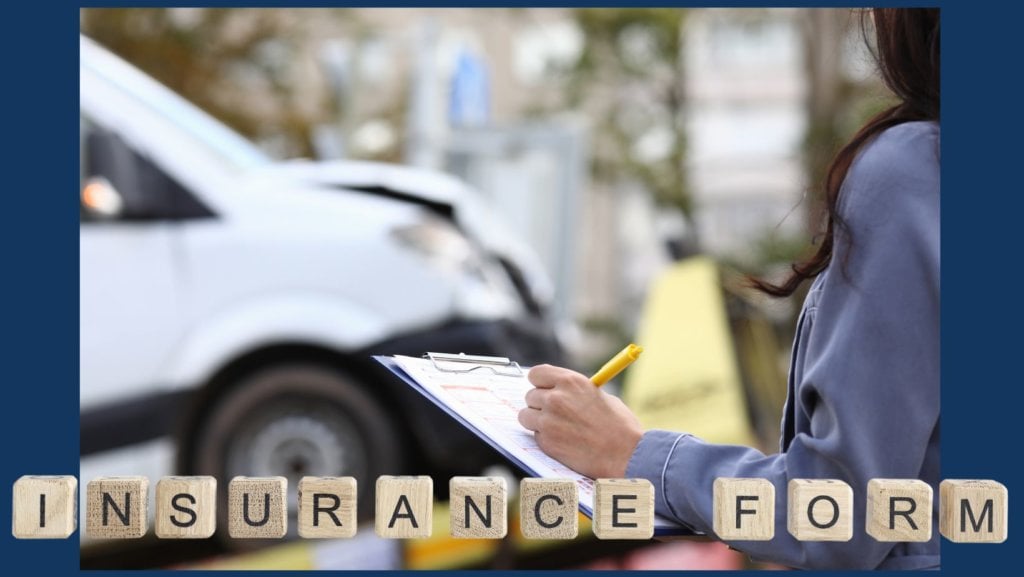
Back to Perfection 🔧 | Repairing the Damage
Like a phoenix rising from the ashes, your vehicle too can emerge in all its former glory post-damage, thanks to reliable repair solutions. You have two routes on this road to recovery – DIY repairs or seeking professional help.
If the damage is minimal, you might consider fixing it yourself. Unleashing your inner mechanic could be an opportunity to get hands-on with your vehicle. However, for severe damages, the smart move is to trust the professionals. They have the skills, tools, and experience to restore your car to its prime condition.
Picking a trustworthy repair shop is a task that requires careful thought. Here’s a checklist to help you make an informed choice:
- 1️⃣ Reputation: Look for online reviews and ask around to get an idea about the shop’s reputation.
2️⃣ Credentials: Ensure that the repair shop has all necessary certifications and licenses.
- 3️⃣ Warranty: Check if the repair shop provides a warranty for their work.
4️⃣ Pricing: Get an estimate of the cost and compare it with other shops. Remember, the cheapest is not always the best.
- 5️⃣ Customer Service: A professional repair shop should be willing to answer all your questions and address your concerns.
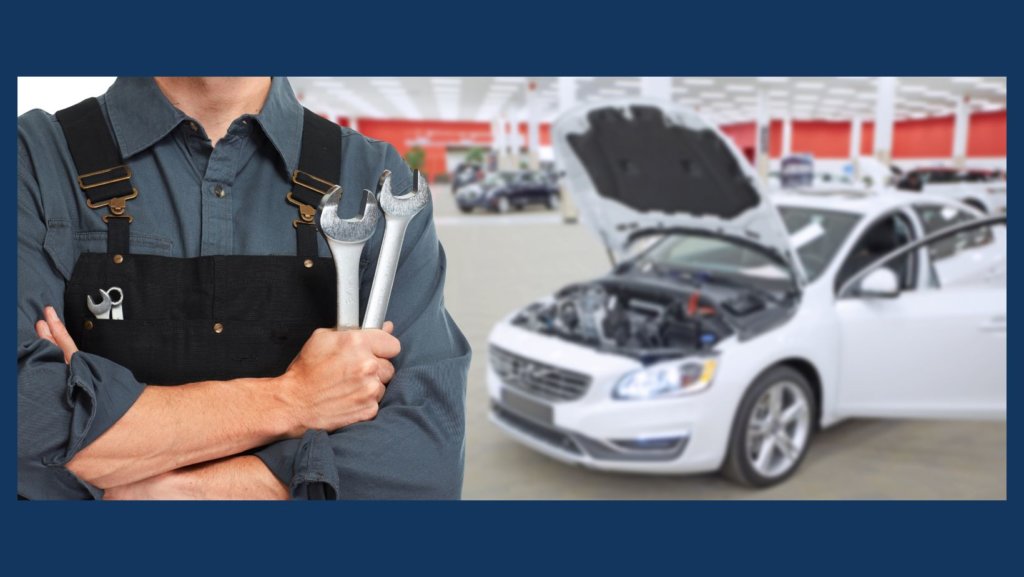
Now that you’re well-informed about what to do when your vehicle suffers damage during shipment, let’s delve into a related topic that might pique your interest.
Are you curious about where the line is drawn between DIY car maintenance and when it’s smarter to put your car in professional hands? We recommend reading our post on Understanding the Limits of DIY Car Maintenance: Knowing When to Seek Professional Mechanic Help. It’s a must-read that will equip you with knowledge on when it’s okay to unleash your inner mechanic and when it’s best to trust the pros!
A Stitch in Time Saves Nine ⏳ | Prevent Future Damage
Prevention, as they say, is always better than a cure. Indeed, when it comes to preventing car damage after shipment, a little foresight goes a long way!
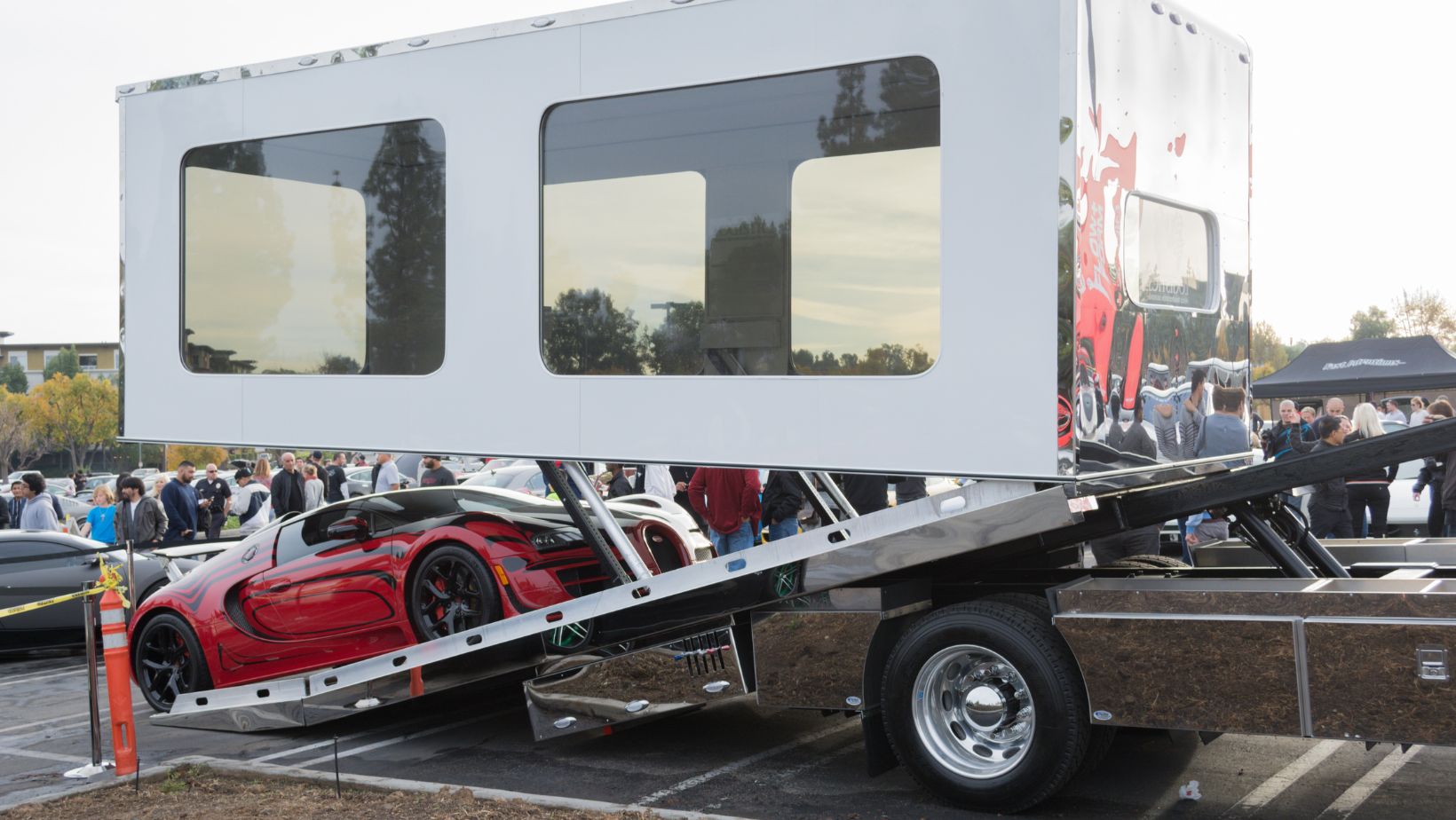
Prevention is better than cure!!
What are the measures you can take to safeguard your precious ride from future shipping damage? Let’s delve into it:
1️⃣ Prepare Your Car for Shipment: Before you ship your vehicle, take a few steps to ensure it’s ready for the journey. Remove all personal belongings, secure loose parts, disable the alarm, and check the battery and tire pressure. Also, don’t forget to leave your fuel tank only a quarter full to reduce the vehicle’s weight.
2️⃣ Choose the Right Auto Transport: Go for an auto transport company with a solid reputation for handling vehicles with care. Read reviews, check their insurance policy, and ensure they have robust procedures for managing and preventing damage.
3️⃣ Enclosed Shipping: Your vehicle is especially valuable or vulnerable. Why not consider using enclosed shipping? It costs more, yet offers superior protection from weather conditions and road debris.
Ok, onto the powerful shield that insurance coverage provides in your car shipping journey.
The Impact of Gas Prices on Auto Shipping Costs is a must read!
🛡️ Harnessing the Power of Insurance Coverage
Insurance is the protective net that catches us when things go awry. This is particularly true when dealing with car shipping damage.
Every reputable auto transport company should provide a level of insurance coverage. This coverage should ideally protect your vehicle from damage during transit. Given that, it’s crucial to understand exactly what the provided policy covers. Is it enough to fully reimburse you for any potential damage?
If you feel the provided coverage isn’t sufficient, consider getting additional insurance. Some auto insurance policies offer coverage for auto transport, so check with your insurer. If your existing policy doesn’t cover car shipping, explore options for supplemental plans.
Remember, in the world of car shipping, knowledge is power. The more you understand about preventing damage and the role of insurance coverage, the better equipped you’ll be to navigate any bumps in the road.
What’s Next?
Coming up next, we wrap up everything you need to know about handling car damage after shipment. Stay tuned!
If you’re eager to learn more about car shipping, check out our next chapter, Dealing with Post-Shipping Damage.
To understand the importance of insurance in auto shipping, read our Auto Transport Insurance | A Simplified Guide. For a range of specialized auto transport services, explore our Services on the homepage. Stay tuned!
Driving Forward | Navigating Car Shipping Damages with Confidence and Ease
As we cross the finish line of our comprehensive guide to handling car damage after shipment, let’s take a moment to review the pit stops we’ve made:
- The article started with how to inspect your vehicle thoroughly once it arrives, capturing any potential damages on camera.
- We discussed the importance of documenting damages and involving the shipping company in the process.
- Next, readers walked through reporting damages to your insurance company and filing a claim.
- Finally, we explored how to protect your vehicle from future damage during shipment and the benefits of comprehensive insurance coverage.
I hope this roadmap empowers you to handle any bumps in the road confidently should they arise during your car shipping journey. Your vehicle is an investment, and it’s crucial to protect it every step of the way.
Have you ever encountered any issues when shipping your vehicle? We’d love to hear your experiences! Feel free to drop a comment below, and don’t forget to share this article on your social media. Your story could be a beacon for others navigating the car shipping landscape.

A smiling person giving thumbs-up behind the wheel of a newly shipped car, in perfect condition
Hungry for more insights on auto transport? Visit our blog for a wealth of articles on car shipping, auto transport insurance, and much more.
When you’re ready to embark on your next car shipping journey, don’t forget to grab a quote first! Just buckle up, hit the gas, and get a quote right now. It’s not just any quote – it’s your ticket to a smooth, worry-free auto shipping experience!
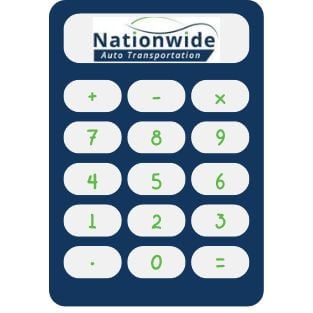
Find out the average cost to ship your car per mile using our calculator…



